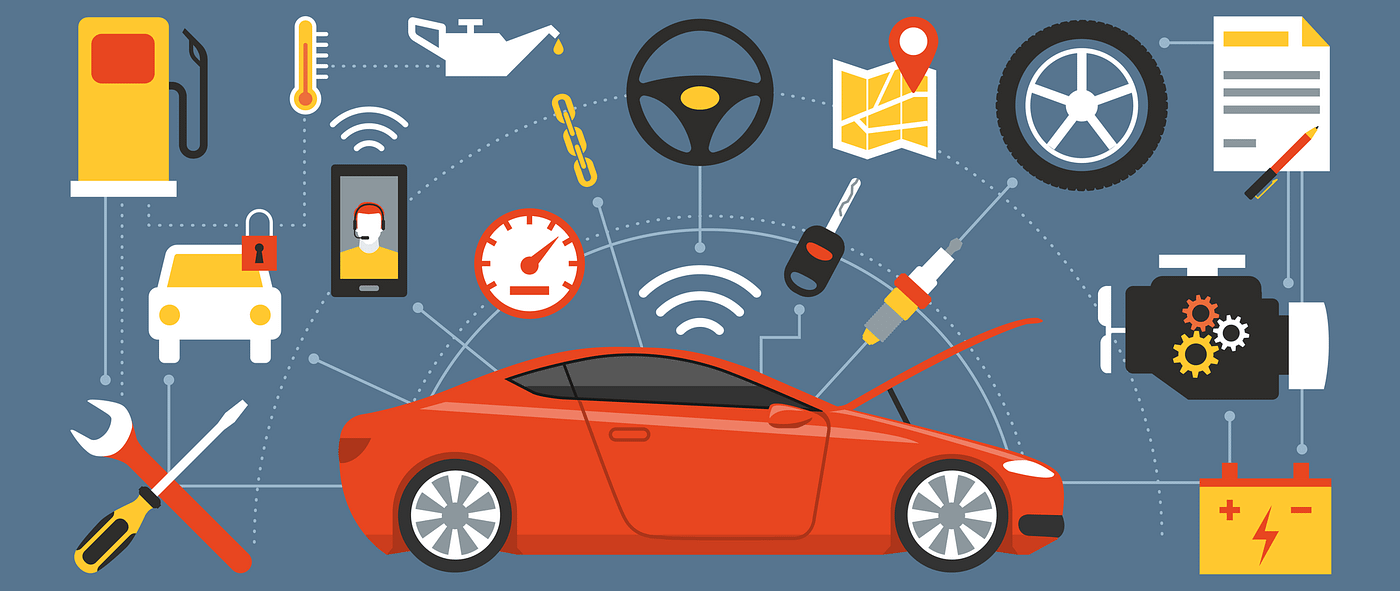Featured
Passing a discharges examination is vital for maintaining your lorry's compliance with environmental regulations. While the procedure might seem daunting, a little prep work can go a lengthy means in making certain a smooth experience. Here are some functional suggestions to assist your automobile pass its emissions test with flying shades.
Your vehicle's efficiency counts greatly on routine maintenance. Tasks like oil adjustments, filter substitutes, and examinations of important engine parts keep your vehicle running successfully. A properly maintained automobile is less most likely to create excess exhausts, improving its opportunities of passing the test.
A check engine light (CEL) is a red flag during exhausts testing. If your CEL is brightened, it suggests that there's a problem with your automobile's discharges system. Make use of an OBD-II scanner to determine the problem or seek advice from a professional auto mechanic to resolve it before arranging your examination.
The catalytic converter plays a significant role in decreasing damaging exhausts. Guarantee it's functioning appropriately and hasn't been damaged or damaged. If your cars and truck's performance feels off or if there are uncommon smells, the catalytic converter may require servicing or replacement.
Premium gas can improve combustion and reduce the buildup of carbon deposits in your engine. Before the examination, think about utilizing costs fuel or a reliable gas additive to cleanse your engine and optimize performance.
Prior to heading to the screening facility, guarantee your car has been driven for at least 20 minutes. A warmed-up engine runs more effectively and creates fewer discharges, enhancing the likelihood of passing the test.
![]()
A faulty or loosened gas cap can trigger gas vapor leakages, resulting in a stopped working discharges test. Before the test, inspect the gas cap for splits or damages and ensure it's correctly protected.
A clean air filter aids your engine breathe much better, boosting its effectiveness and decreasing emissions. Think about doing so prior to the test. if your air filter hasn't been replaced recently.
![]()
While it may seem unrelated, tire stress effects your car's general efficiency. Reduced tire pressure can stress the engine and increase emissions. Inspect and adjust your tire stress to match the producer's recommendations.
![]()
If you're uncertain about your vehicle's readiness, think about a pre-test examination. Many service center use diagnostic services to determine prospective problems that might influence emissions evaluating.
Each territory has specific emissions standards. Acquaint on your own with the requirements in your area to ensure your automobile is certified before the test.
By following these pointers, you can boost your possibilities of passing the discharges examination and keep your vehicle running at its finest. Not only will you conserve money and time, yet you'll additionally add to a cleaner and much healthier setting.
- Execute Routine Upkeep
Your vehicle's efficiency counts greatly on routine maintenance. Tasks like oil adjustments, filter substitutes, and examinations of important engine parts keep your vehicle running successfully. A properly maintained automobile is less most likely to create excess exhausts, improving its opportunities of passing the test.
- Inspect and Fix the Examine Engine Light
A check engine light (CEL) is a red flag during exhausts testing. If your CEL is brightened, it suggests that there's a problem with your automobile's discharges system. Make use of an OBD-II scanner to determine the problem or seek advice from a professional auto mechanic to resolve it before arranging your examination.
- Check the Catalytic Converter
The catalytic converter plays a significant role in decreasing damaging exhausts. Guarantee it's functioning appropriately and hasn't been damaged or damaged. If your cars and truck's performance feels off or if there are uncommon smells, the catalytic converter may require servicing or replacement.
- Use High-Quality Fuel
Premium gas can improve combustion and reduce the buildup of carbon deposits in your engine. Before the examination, think about utilizing costs fuel or a reliable gas additive to cleanse your engine and optimize performance.
- Warm Up Your Automobile
Prior to heading to the screening facility, guarantee your car has been driven for at least 20 minutes. A warmed-up engine runs more effectively and creates fewer discharges, enhancing the likelihood of passing the test.
- Check the Gas Cap

A faulty or loosened gas cap can trigger gas vapor leakages, resulting in a stopped working discharges test. Before the test, inspect the gas cap for splits or damages and ensure it's correctly protected.
- Replace the Air Filter
A clean air filter aids your engine breathe much better, boosting its effectiveness and decreasing emissions. Think about doing so prior to the test. if your air filter hasn't been replaced recently.

- Make Sure Appropriate Tire Pressure
While it may seem unrelated, tire stress effects your car's general efficiency. Reduced tire pressure can stress the engine and increase emissions. Inspect and adjust your tire stress to match the producer's recommendations.
- Run a Pre-Test Inspection

If you're uncertain about your vehicle's readiness, think about a pre-test examination. Many service center use diagnostic services to determine prospective problems that might influence emissions evaluating.
- Understand Regional Demands
Each territory has specific emissions standards. Acquaint on your own with the requirements in your area to ensure your automobile is certified before the test.
By following these pointers, you can boost your possibilities of passing the discharges examination and keep your vehicle running at its finest. Not only will you conserve money and time, yet you'll additionally add to a cleaner and much healthier setting.
Latest Posts
Find Out Save Big on Car Maintenance with Montclare Auto Repair’s Special Deals
Published May 27, 25
1 min read
Explore WyHy Federal Credit Union – Essential Perks for Your Financial Success
Published May 27, 25
1 min read
Discover WyHy FCU – Key Advantages for Your Future
Published May 24, 25
1 min read